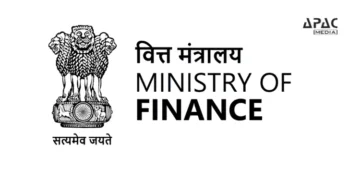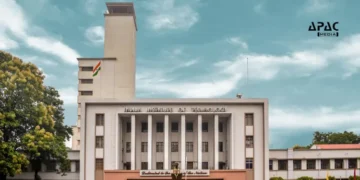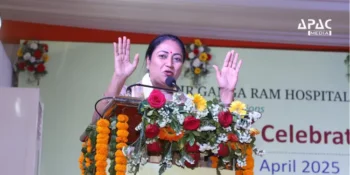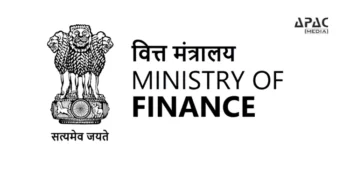New Delhi: Prime Minister Narendra Modi has announced the launch of the GST Bachat Utsav, marking the rollout of a new GST structure with reduced tax slabs and lower rates on essential goods. The reforms, effective from September 22, are designed to ease household expenses and simplify compliance for traders and businesses.
The restructured system now operates with two primary GST slabs of 5% and 18%. Food items, medicines, soap, toothpaste, and insurance products will either be exempt from tax or fall under the 5% slab. Several items that were previously taxed at 12% have also moved into the lower bracket. Small shopkeepers have begun displaying comparative price boards to highlight changes in consumer costs.
The government has framed the reforms as a step toward making everyday purchases more affordable while also supporting small businesses and MSMEs. Simplified compliance norms are expected to reduce administrative burdens for traders and entrepreneurs. Officials argue that this could improve ease of doing business and widen the base of tax compliance across states.
In his remarks, he tied the reform to his larger vision of “Viksit Bharat 2047,” calling on citizens to prefer locally made products and urging state governments to support industries through better investment conditions. The focus on Swadeshi products was presented as part of the broader push for economic self-reliance.
The GST Bachat Utsav coincided with the Prime Minister’s Navratri greetings, where he expressed hope that the new system would translate into tangible savings for households. Economists and policymakers are expected to track how the revised GST structure impacts consumption patterns, small traders, and overall revenue collection in the coming months.
Also Read: Union IT Minister Ashwini Vaishnaw Switches to Zoho, Urges Citizens to Back Swadeshi Tech

































































Discussion about this post